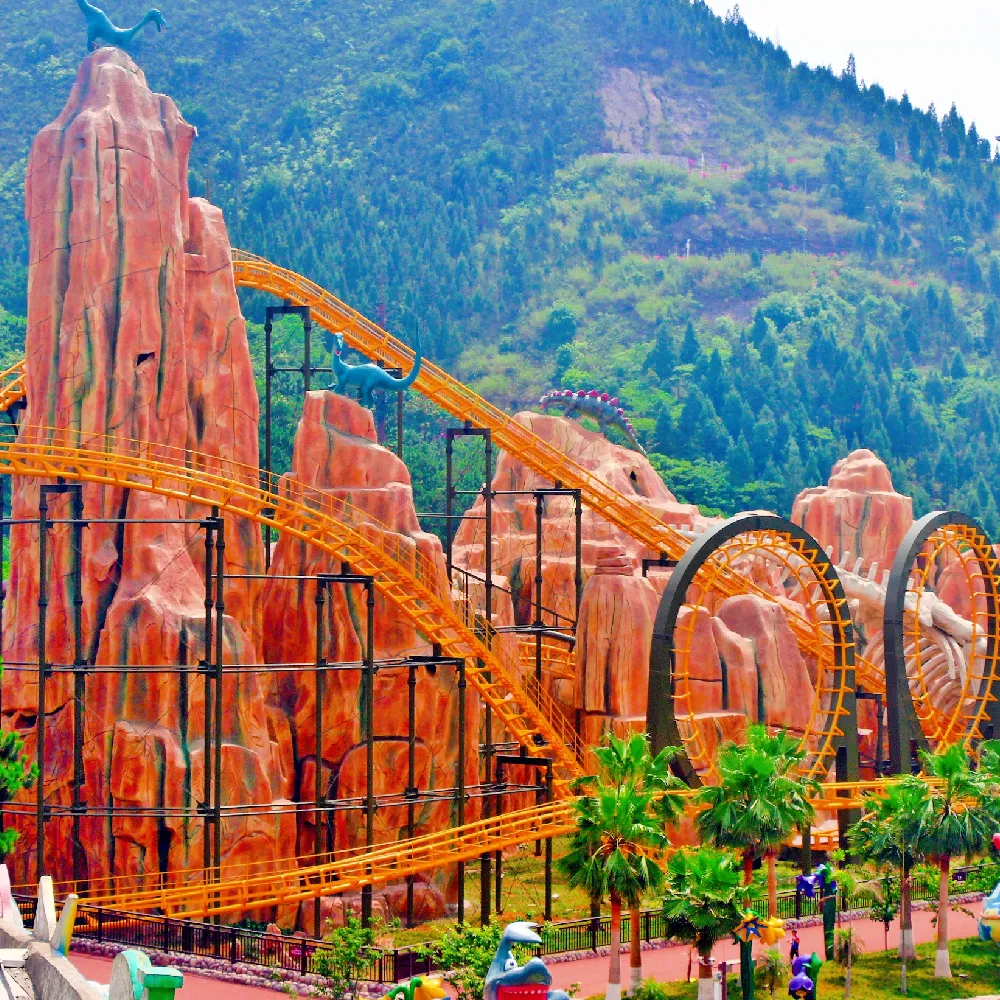- Albanian
- Arabic
- Belarusian
- Bengali
- Czech
- English
- French
- German
- Hebrew
- Hungarian
- Indonesian
- irish
- Italian
- Japanese
- kazakh
- Persian
- Russian
- Thai
- Uzbek
- Vietnamese
roller coaster car design
Innovations in Roller Coaster Car Design Elevating the Thrill Experience
Roller coasters have long been a symbol of thrill and excitement at amusement parks worldwide. Among the many components that contribute to the exhilarating experience, the design of the roller coaster car plays a pivotal role. As technology advances and ride experiences evolve, designers are constantly pushing the boundaries of creativity and engineering to create innovative roller coaster car designs that not only enhance safety but also elevate the thrill of the ride itself.
One of the most significant aspects of roller coaster car design is passenger safety. Modern coaster cars are equipped with advanced safety features that ensure a secure yet comfortable ride. For example, the introduction of over-the-shoulder restraints and lap bars has revolutionized rider safety. These restraints are designed to keep riders securely in their seats while allowing for a range of motion and excitement. Furthermore, advancements in materials, such as lightweight composites and durable metals, ensure that roller coaster cars are not only strong but also light enough to achieve high speeds.
Another thrilling feature in roller coaster car design is the use of dynamic seating configurations. Traditional roller coasters often utilize a standard row seating arrangement, but innovative designs now include rotating cars, suspended seats, and even floorless models. These configurations enhance the rider's experience by allowing for a greater sense of freedom and anticipation. For instance, in suspended roller coasters, the seats hang underneath the track, giving riders an exhilarating sensation as they soar above the ground. Likewise, spinning coaster cars add an unpredictable element to the ride, further intensifying the thrill.
roller coaster car design

The integration of technology into roller coaster car design has also significantly transformed the ride experience. Many modern coasters incorporate smart technology that can adjust the ride parameters in real time, responding to factors such as the weight distribution of passengers and environmental conditions. This innovation not only improves ride safety but also enhances the overall experience by providing a customized thrill level for each ride.
Additionally, the aesthetic aspect of roller coaster car design is increasingly becoming a focal point for creators. The design of the cars is no longer just about functionality; it also involves creating an experience that engages the riders' senses. From vibrant color schemes to themed designs that match the overall roller coaster experience, aesthetics play a crucial role in attracting guests. For example, some roller coasters are designed to mimic the look of animals or mythical creatures, further immersing riders in a themed adventure. Enhanced lighting effects and sound systems in and around the car can create a spectacular environment that captivates riders even before they embark on their thrilling journey.
Moreover, sustainable practices are beginning to influence roller coaster car design. As environmental consciousness grows, designers are exploring ways to make roller coaster cars more eco-friendly. This includes the use of recycled materials in car construction and exploring energy-efficient technologies that reduce power consumption during operations. Such advancements not only align the amusement industry with global sustainability goals but also appeal to an increasingly eco-conscious audience.
In conclusion, the design of roller coaster cars is a complex amalgamation of safety, technology, aesthetics, and sustainability. As designers continue to innovate, the level of thrill and enjoyment that roller coasters provide will only increase. Visitors to amusement parks can look forward to exhilarating rides that not only entertain but also offer a glimpse into the future of entertainment engineering. The roller coaster car of tomorrow promises to be not only a vehicle of adrenaline-induced joy but also an example of cutting-edge design and technology that defines this thrilling industry.
-
Flume Ride-Hebei Zhipao Amusement Equipment Manufacturing Co., Ltd.|Thrilling Water Attraction&Customizable DesignJul.30,2025
-
Flume Ride - Hebei Zhipao Amusement Equipment | Water Coaster, Thrilling DescentJul.30,2025
-
Flume Ride - Hebei Zhipao | Thrilling Water AttractionJul.30,2025
-
Flume Ride: Thrilling Water Attraction by Hebei Zhipao|Log Flume Manufacturers&Flume Ride DesignJul.30,2025
-
Flume Ride-Hebei Zhipao Amusement Equipment Manufacturing Co., Ltd.|Thrilling Water Coaster, Safe DesignJul.30,2025
-
Flume Ride-Hebei Zhipao Amusement Equipment Manufacturing Co., Ltd.|Thrilling Water Attraction, Safe DesignJul.30,2025
